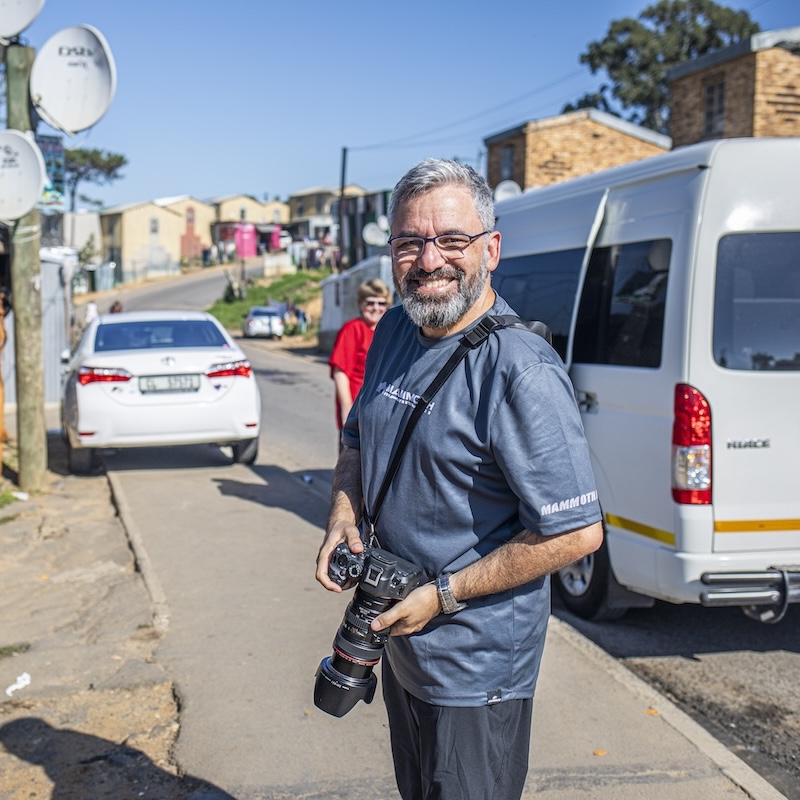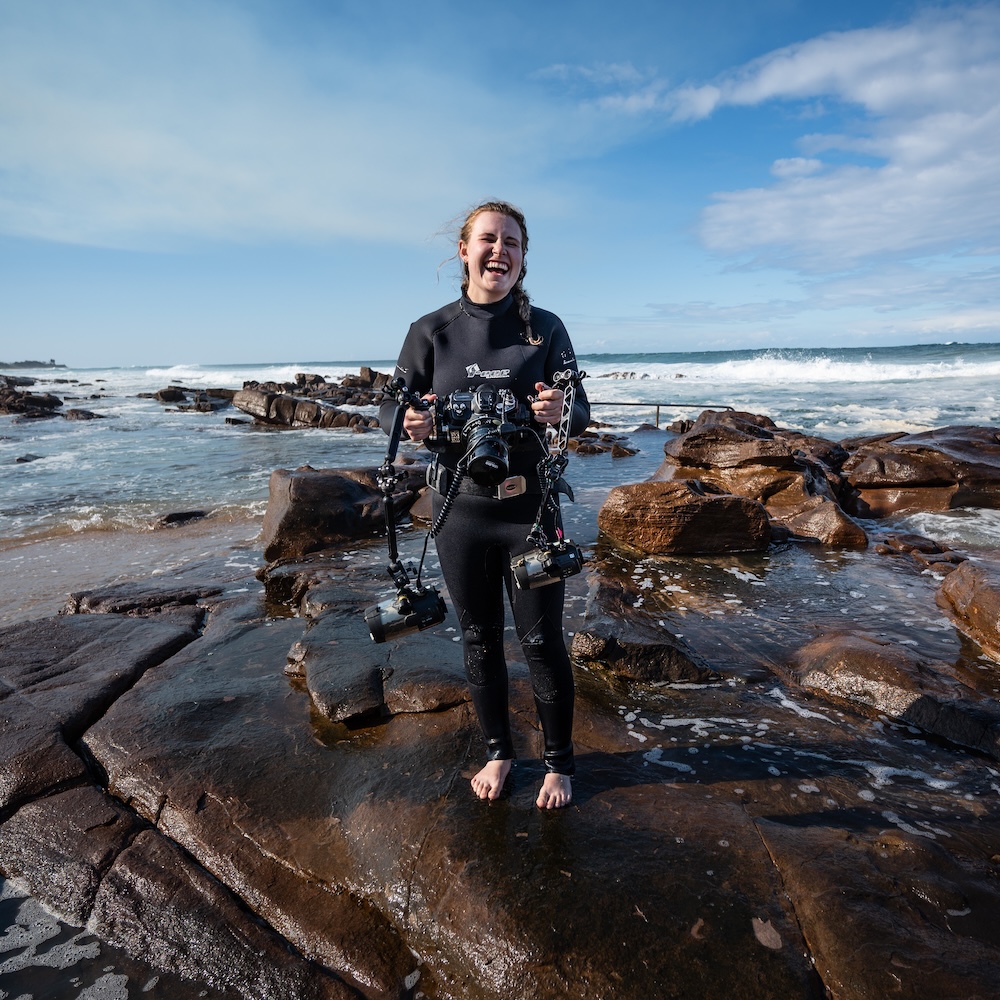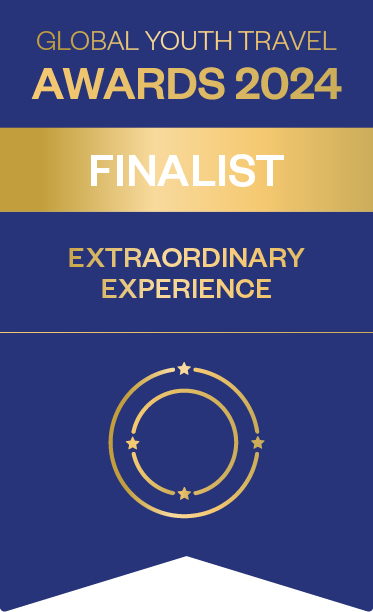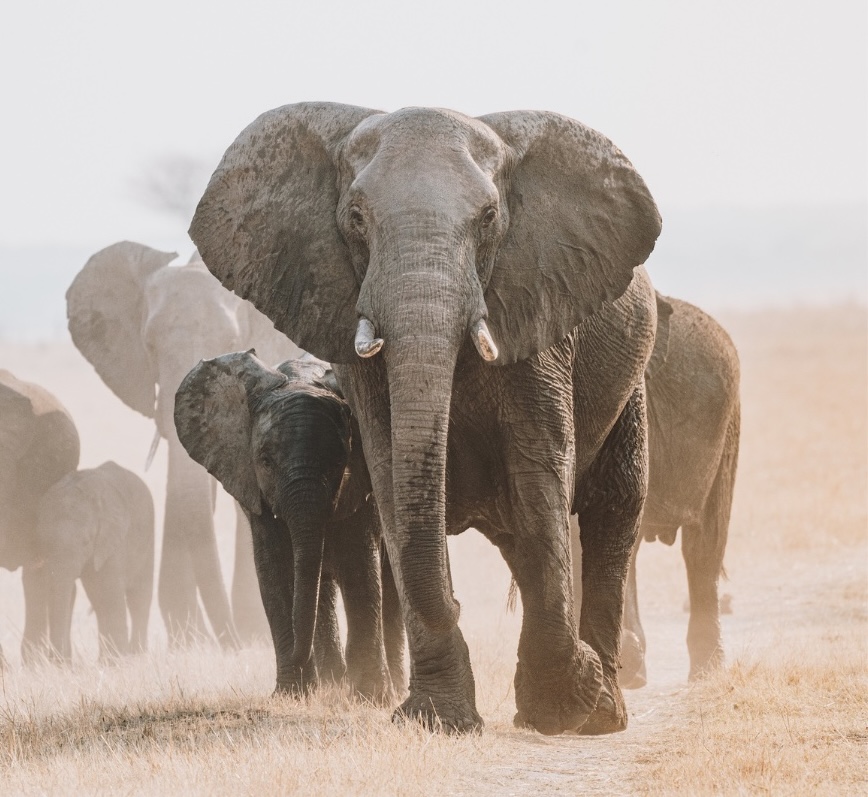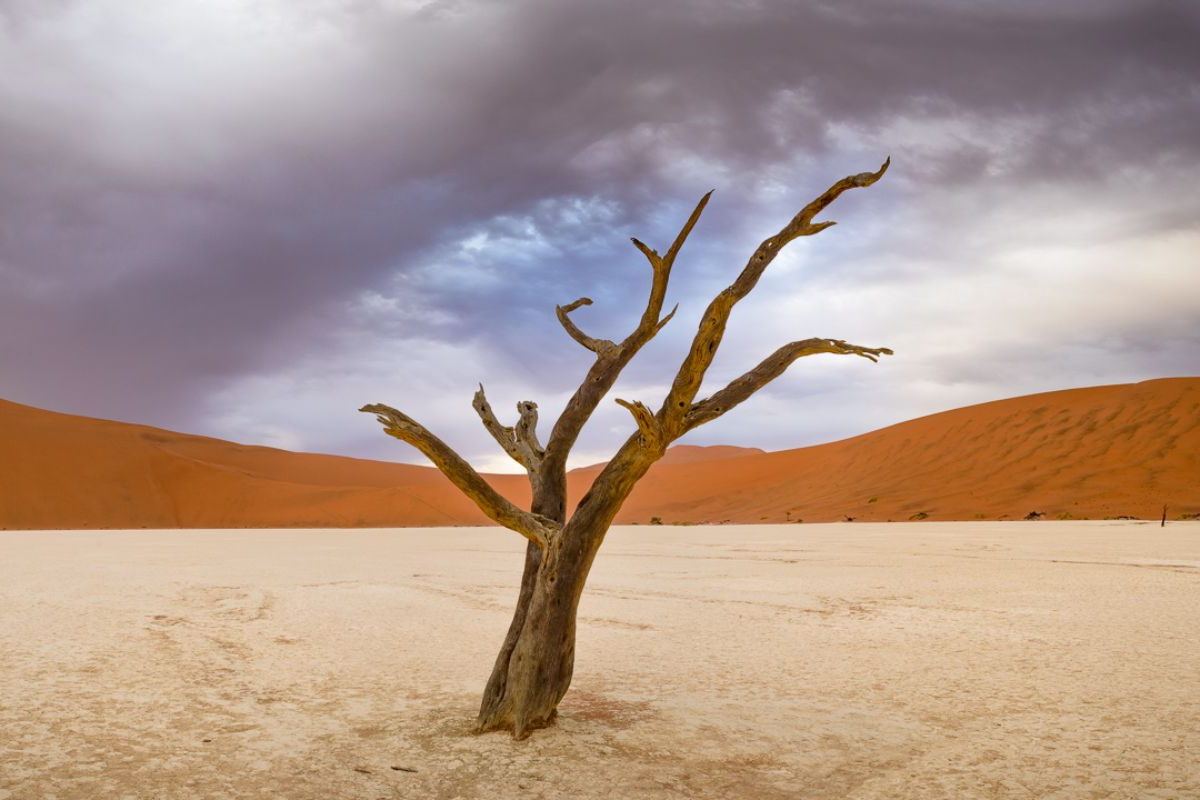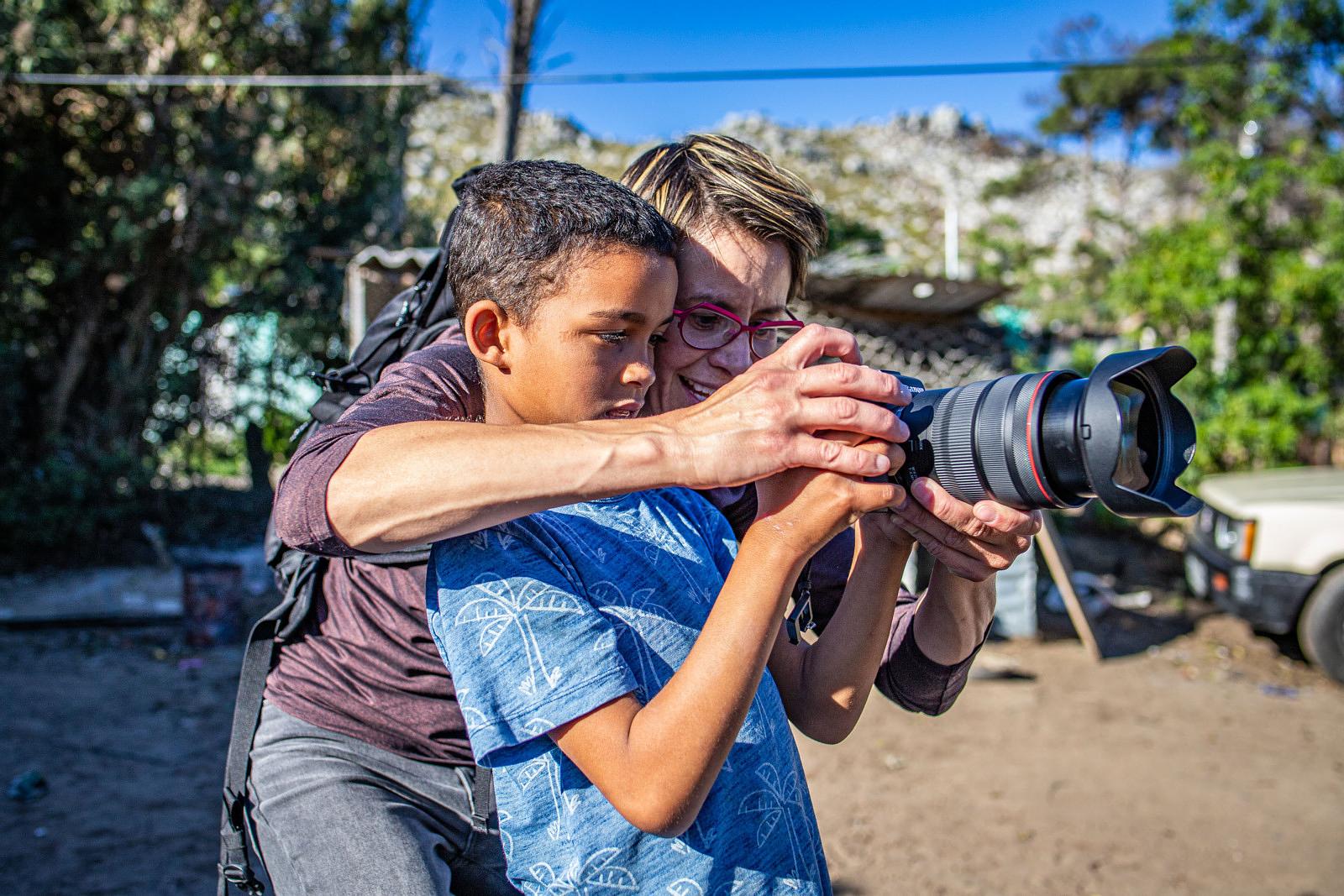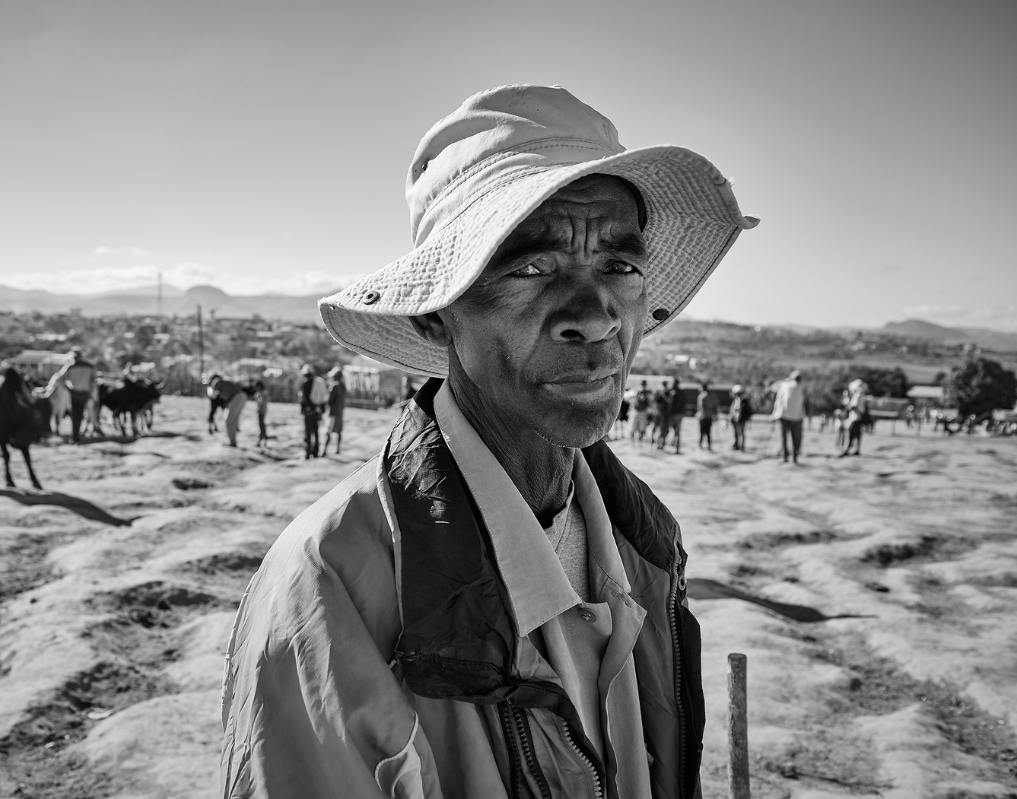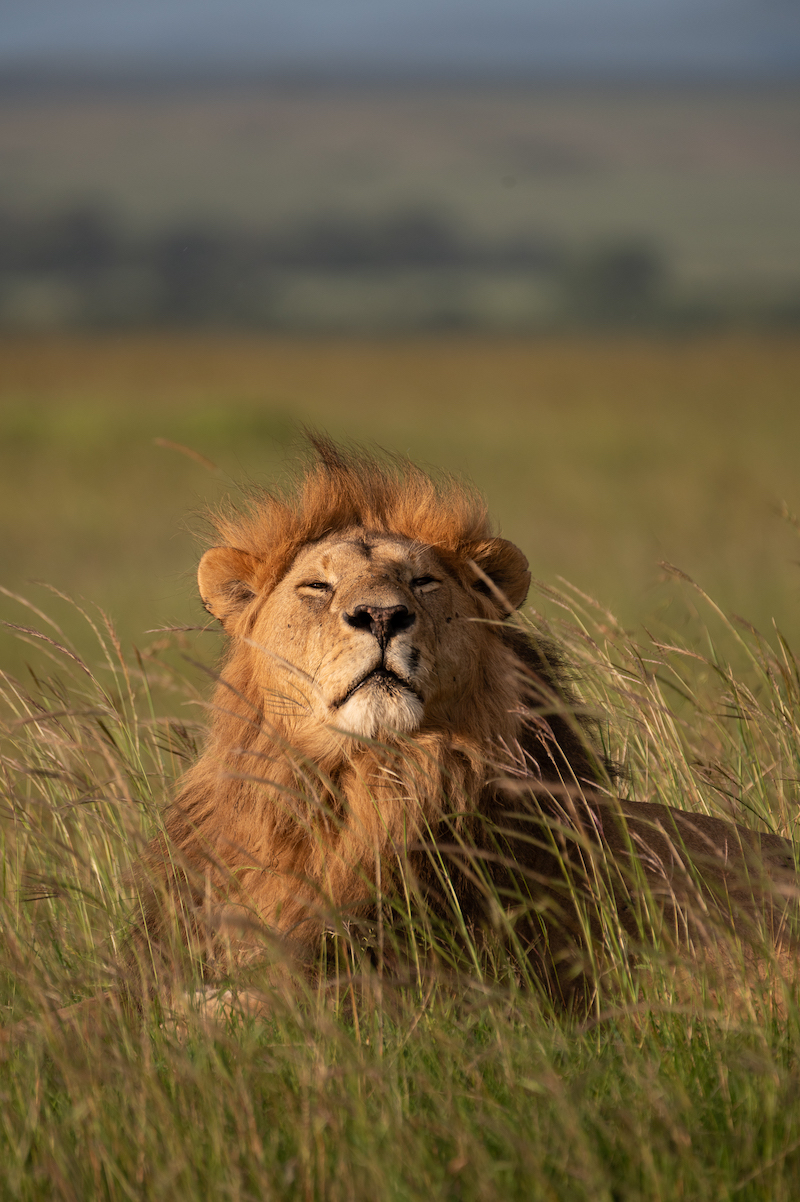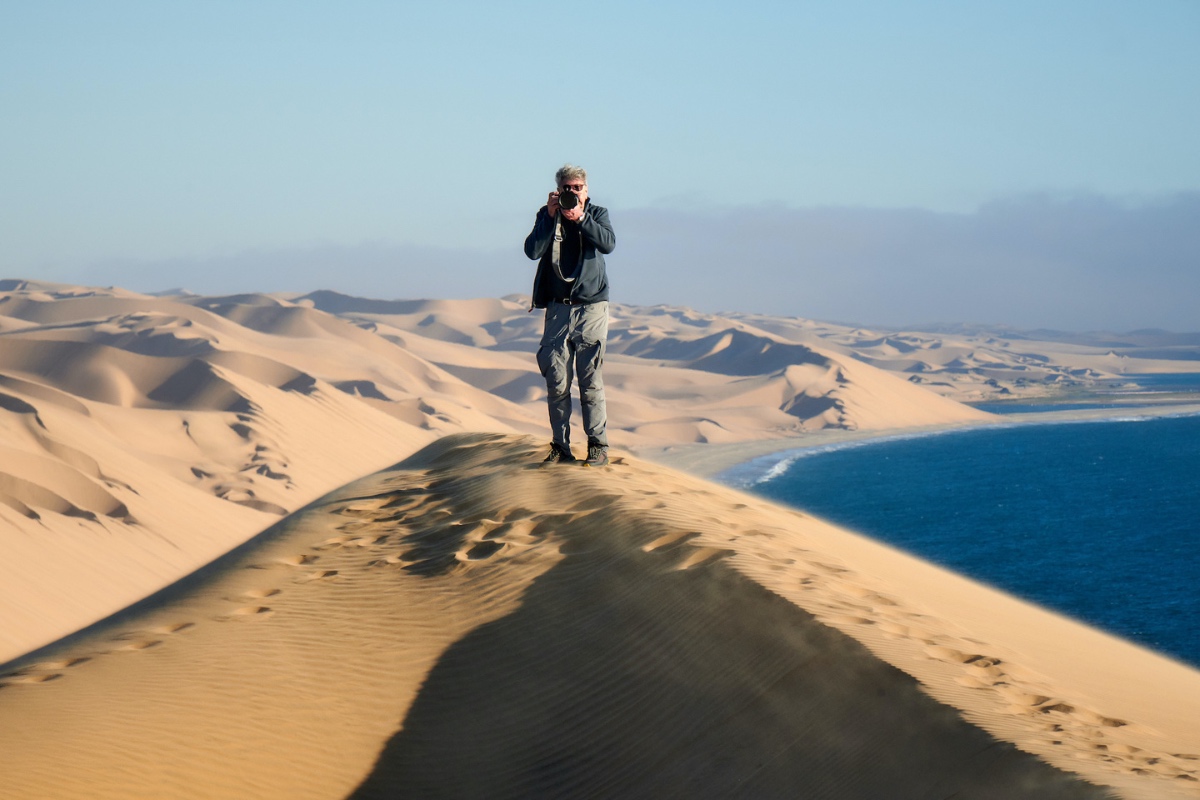EXPERIENCE & INSIGHTS FROM PHOTOGRAPHER ALAN HEWITT
If you join one of our photo safaris, you might get the opportunity to learn from Alan Hewitt. Based in the UK, Alan is a photographer and writer with a huge passion for wildlife and conservation. His images have been used to support wildlife conservation organisations in both Africa and Europe. Alan’s also an experienced workshop leader, having guided photographers in different parts of the world.
Alan will be guiding our upcoming Maasai Mara Wildlife Photography Workshop.
We asked Alan to share some of his images, to disclose to secret techniques, and to give us some insight into his photography goals:
What sparked your interest in photography?
I had a very ‘off and on’ interest in using a camera since being a child but it never really took a hold of me until I bought a small Fuji ‘bridge’ style digital camera back in 2002. After the obligatory holiday snaps were out of the way I remember looking at a photography website and seeing a long exposure of a waterfall. It struck a chord with me so off I went to a waterfall in Northumberland (UK) with my camera and quite possibly, the world’s worst tripod!
I had very little photographic knowledge so I just tried different settings in the camera’s aperture priority mode. ND Filters? I’d never even heard of them! It was, of course, destined to end in disappointment. But it was this failure which made me research why I couldn’t do what I had envisaged. I spent months and months researching photography, the theory, creativity, equipment….
What equipment do you use now?
After a couple of years it became apparent that my little bridge camera didn’t offer me enough control so after a great amount of Geordie indecisiveness I splashed out on the ground-breaking Nikon D70. Wow! This camera had loads of buttons I had read about! It had full manual control, different focus modes, even manual focus too and I could get different lenses…. That damned waterfall was going to cost me a fortune!
Roll the clock forward 12 years and I’m currently using a Nikon D800 and a Nikon 200-400 f/4 lens for the majority of my photography. I also use a Nikon D700 plus Nikon’s 14-24 f/2.8, 28-70 f/2.8, 70-200 f/2.8 and a Nikon 105mm f/2.8 macro lens. I’ve recently become a lot more interested in macro photography so I’ve added Nikon’s close-up flash system too. As I write this there is a Nikon D500 with my name on it somewhere in the system!
Why wildlife photography?
It was landscape photography which initially sparked my interest. I used to sit for hours waiting for the right clouds and the right light in the right place, usually experiencing neither! During this time I used to watch the wildlife, mainly birds and this rekindled my interest in natural history. I began to spend an increasing amount of time photographing the birds . The photography and natural history together felt much more fulfilling and interesting than landscape photography. I still spend as much time now as I did then learning about the species and their behaviour and habitat, much of this helps me as a wildlife photographer.
What are your main goals with your photography?
I want to evolve my photography to be more contextual. Part of this is highlighting the importance of the environment and the habitat wildlife needs to survive. All around us species we once considered abundant are becoming quickly threatened, often critically so due to the destruction of their habitat by human greed and influence. I think many of us have lost the link to nature and as a result don’t value the benefits or see the necessity of a diverse ecosystem. I’d love people to be able to look at my photographs and feel inspired to re-engage with nature.
Who are some of your favourite photographers (past or present)?
I always like to look at the work of South African wildlife photographer Morkel Erasmus, in particular his fantastic wider work showing wildlife in the habitat. Closer to home I always look out for the work of UK based photographer Elliott Neep. Elliott is a great all-round wildlife photographer and writer plus a truly nice guy too.
Any secret techniques you can reveal?
I don’t think there are any secrets left!
When I’m leading workshops or photo safaris I’m always keen to stress the importance of how fieldcraft is as important as knowing how to use a camera. Even some basic knowledge about a species can help you get your camera and lens set up appropriately and pointing in the right direction before the action starts. Spending some time thinking about the behaviour you are seeing from your subject, or those around it can be done while you are enjoying photography too – it’s not always about sitting in a library!






You can view more of Alan’s work on this website.


